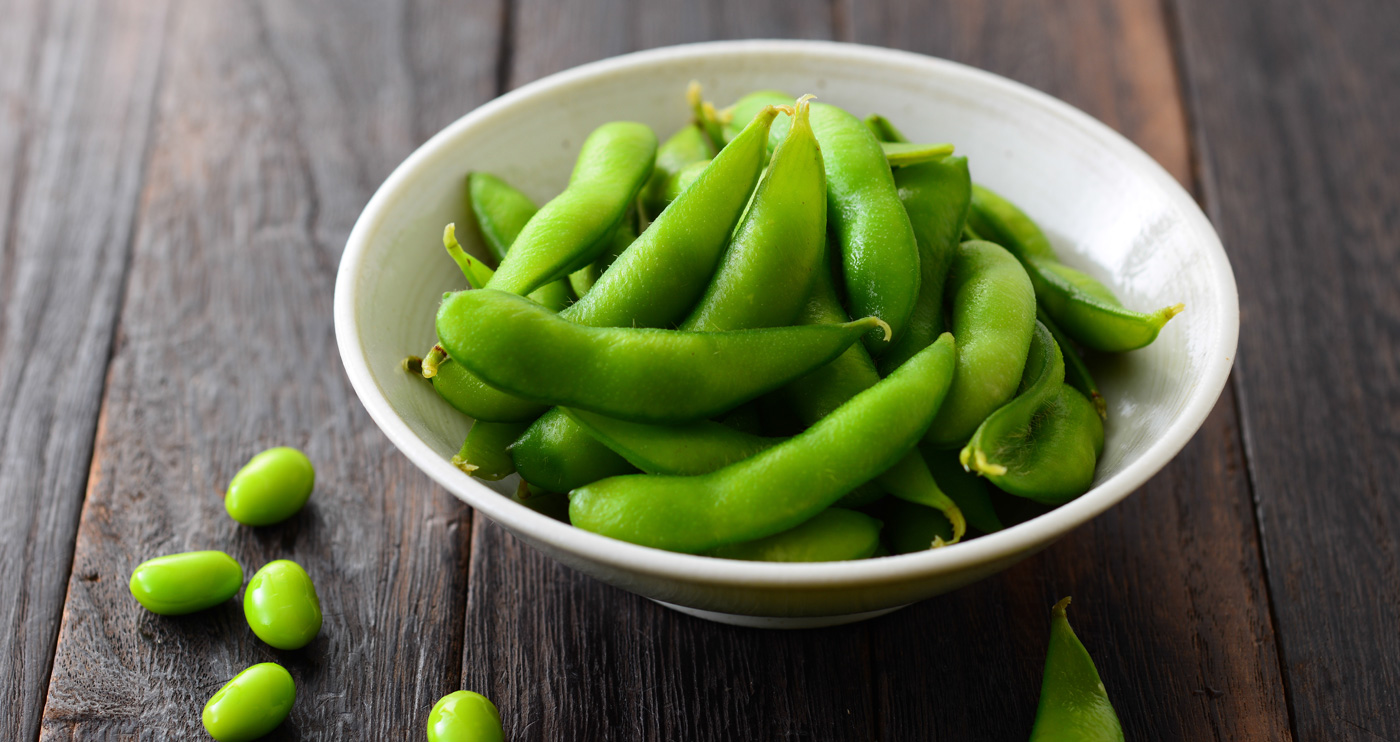
It’s not always easy to get enough protein. Grabbing food on the go often means ending up with high-fat, high-carb snacks. Even when you’re preparing your own meals, protein provides satiety. That means that it can be tough to eat enough of it before you feel full. Fortunately, there’s an abundance of ways to sneak some extra clean protein into your diet.
-
Eat your meals in the right order.
Since protein provides satiety, try to go for protein first when you eat. Next, go for vegetables, and save carbs for last. One study of people with type 2 diabetes found that, when they were served identical meals, their blood sugar and insulin levels rose less when they consumed protein before starches rather than vice versa. -
Rethink breakfast.
If you usually reach for cereal in the morning, consider switching to eggs. If you can’t do eggs, try oatmeal instead. Packaged cereals are high in sugar and generally low in protein. Eggs are high in protein, and homemade oatmeal can easily become so with the addition of some dairy, nuts, or meat. Check out savory oatmeal recipes, like oatmeal with pancetta, arugula, pesto, and egg, or turkey bacon, sauteed onions, and parmesan cheese. -
Give your yogurt a closer look.
Not all yogurt is the same. Some yogurts have much higher protein levels than others, even before you get into the difference between sweetened and unsweetened varieties. Greek yogurt, for example, is strained. That means that it’s thicker and contains more solids per ounce than conventional yogurt — including protein. If you usually eat regular yogurt, switch to Greek.
If you’re not big on yogurt, consider picking some up anyhow. You can use it in dips and salad dressings for creaminess and a hint of tartness, add it to soups, or put it in smoothies. -
Keep canned fish on hand.
Cans of salmon or tuna can be a lifesaver when you need a quick hit of protein. Open a can, mix it up with a tablespoon of mayo, onion, and celery, and you have an easy tuna salad in just a few minutes. Add it to potatoes, eggs, salad greens, and vegetables for a simple salad Niçoise. If you don’t have time to cook, there are few things easier than popping open a can of tuna. -
Keep steamed edamame in the fridge.
Edamame — steamed soybeans — can provide a ton of protein in an easy, snackable form. You can steam them ahead and keep them in your fridge, then grab a handful when you need to. Not only do they have lots of protein, but they also provide fiber, minerals, and antioxidants. -
Base every meal around a protein source.
This doesn’t mean that you need to make every dish revolve around meat. Remember, legumes, nuts, whole grains, and dairy are also good ways to fit more protein into your diet. When you’re planning a dish, focus on your protein source first and build out from there. Tofu is an easy, versatile, protein-packed food that doesn’t require much. Press the water out, add your favorite seasonings, sauces, or marinades, and you can make it taste like pretty much anything you want. Freeze firm tofu first, and you can give it a firmer, “meatier” texture. Lentils are another versatile food that works in salads, soups, stews, any dish that calls for ground meat, and even some desserts.
Most people could probably use more protein in their diets, but this is often easier said than done. If you’re stuck trying to figure out how to up your protein intake, these tips may help you meet your goals.